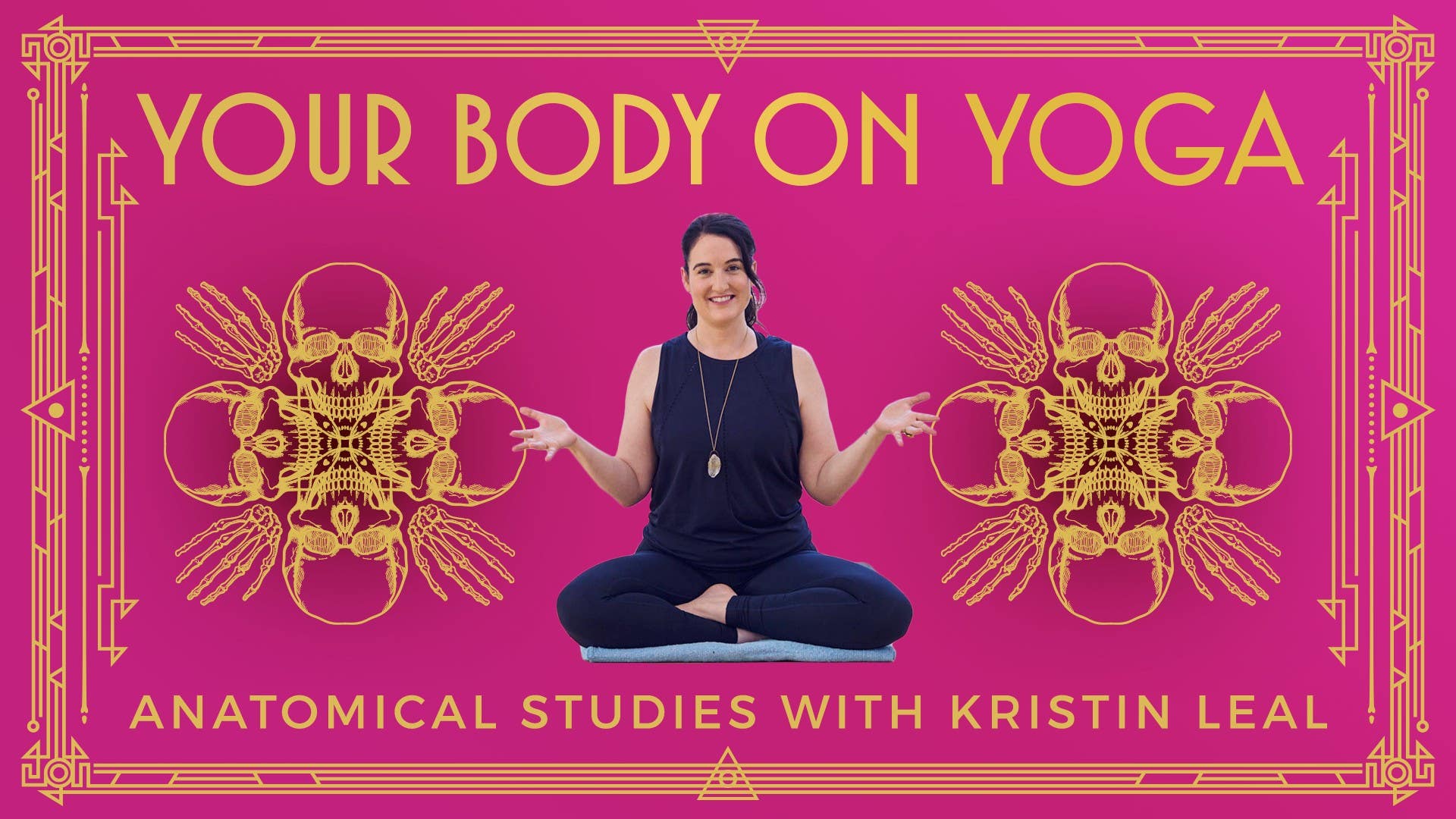Description
About This Video
Transcript
Read Full Transcript
Before we dive in, I'd like to ask you just to take a few moments to journal about why asana? Why do you do asana? And it may sound like a silly question. We all probably are practicing some form of physical movement, some kind of asana as part of our larger yoga practices, but I think it's nice to take a few moments and reassess why are we doing these physical postures? What do they mean for me?
And if you're a teacher teaching this asana, what is your point of view as a teacher? What place do these asanas have in the larger outline of yoga? And depending on what your answer is will depend on how you're teaching and the effect of those asanas. And I really think that these answers can change over the years and evolve as we evolve. You might look at asana, for example, almost like a gymnast or an Olympic athlete who pushes their body past the perceived limitations to bring about some kind of prowess, physical prowess or achievement, excellence in their body.
You can look at the asanas this way as well. You could do all of these asanas as a way to push your body past the perceived limitations and that's valid. What they will say is I've never met an Olympic athlete, a gymnast past the age of 30 that doesn't have some kind of muscular skeletal injuries. Injuries aren't the worst thing in the world. Raise your hand if you've had an injury.
Raise your hand if you've had your heart broken, you know, a lot of hands. It doesn't mean that we don't learn from it, love again, move again, heal. And often where we heal, we're stronger. So it is a very valid way to look at the asana practice, so that could be your point of view. Another point of view though is I do asana to make myself strong, supple enough, healthy enough and like my digestion is working well and my breathing is working well.
So I can be happy and present with my kids or I can be happy and present and go take a hike with my dog or I can just be more present in my job or more at peace. This is also a very valid way to look at the asana practice, kind of making you a strong container for you to do your other work outside of asana. Very valid. What this may mean though is that you might have to pick and choose some of the asana, taking some of them out of your practice or re-examining them because some of the asana, I hope I'm not the first one to tell you this, but some of the asana is what I call non-anatomical movement. It means your body ain't doing it for a living, right?
It doesn't mean that you can't attempt it and you might even learn eventually to do it well, but it's not inherent in the system, like standing on your hands. We're not really meant to do it. We would have been built differently, kind of like our four-legged friends, like our dogs and cats, right? It doesn't mean that we can't learn to do it, but we don't initially coming into a yoga setting do it well or intuitively. So I want you just to sit for a few minutes, close your eyes, breathe deeply, maybe place your hand on your heart and go, why, why, why, why?
Why am I doing asana? What does it mean to me? This will give you a good start for the rest of these episodes, and if you're a teacher to share from your point of view what these asanas mean to you, what place they hold, and empowering your students to do the same, good luck.
Your Body on Yoga: Introduction to Anatomy
Comments
After the birth of my youngest 6 years ago, through some complications that occurred, I had to learn to walk again. Which I did! But at the time, I felt so heavy and so trapped in my body. So Asana for ME means freedom! Freedom, movement, strength and health.

You need to be a subscriber to post a comment.
Please Log In or Create an Account to start your free trial.














